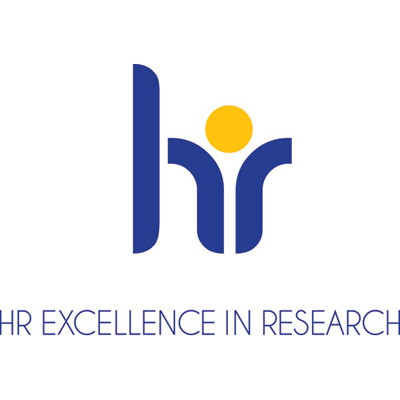Flying high with plasma: researchers focus on sustainable agriculture in urban areas
Vertical farming project expands successful alliance
Greifswald, May 14, 2024
Mecklenburg-Western Pomerania is a nationwide pioneer: The Federal Ministry of Education and Research has approved more than 520,000 euros in funding for another PHYSICS FOR FOOD flagship project for the use of plasma technologies in vertical farming.
With the launch of this new flagship project "Physics for Sustainable Vertical Farming", the PHYSICS FOR FOOD alliance is opening up further capital:
With the world's population constantly growing - according to the United Nations, the number has almost doubled since 1980 and currently stands at over 8 billion people - the demand for food and arable land is increasing. By 2030, as many as 60 percent of people are expected to live in cities, and the trend is rising. At the same time, extreme weather conditions such as heat, droughts and floods are on the rise, making agricultural work more difficult and jeopardizing harvests. In addition, there are regulations that more strictly regulate or even prohibit the use of chemical pesticides. As a result, new cultivation methods such as vertical farming are becoming increasingly important. In such systems, plants can be grown under controlled conditions and in a small space. However, there are still various challenges to be overcome in the further development of the systems in terms of maintaining plant health and conserving resources, for which plasma technologies can offer a solution.
"Physics for Sustainable Vertical Farming" - under the direction of Prof. Dr. Jürgen F. Kolb from the Leibniz Institute for Plasma Science & Technology (INP) in Greifswald - explicitly bundles the findings and results from the ongoing lead projects of the PHYSICS FOR FOOD alliance, which Neubrandenburg University of Applied Sciences has launched with the INP and business partners in a total of seven lead projects. The aim is to reduce the use of chemicals in agriculture and agricultural production processes, thereby reducing the impact on the environment. The innovative methods are about more physics in climate and environmental protection.
In the new lead project, the researchers are working with plasma processes that are to be used for seeds, for the plants themselves and for water cycle management.
"The use of plasma-treated seeds can ensure healthy and germinable seeds that provide healthy plant growth without additional pesticides. Plant growth can be supported by plasma-treated water, whereby effects already found for plant stimulation and nutrient supply are also used," explains Prof. Dr. Jürgen F. Kolb from INP. "System hygiene is also possible without biocides in an integrated water treatment. This also reduces the need for fresh water," he adds.
The advantages of treating water using plasma treatment are key results of the lead project "Physics for Environment" and "Physics & Ecology", in which water treatment using plasma effectively breaks down impurities, but also binds nitrogen from the air in the water and makes it available for nutrient supply. Overall, this prevents infection with plant diseases, reduces the need for additional fertilizer and offers the possibility of sustainable, resource-saving recycling for irrigation.
The vertical farming approach allows cultivation independent of external conditions, which expands the experimental possibilities of the alliance. Several cultivation cycles can be realized within one year. Field trials, on the other hand, are limited to a single harvest and are subject to the prevailing conditions (weather, rainfall) in a given cultivation year. In contrast, environmental conditions can be controlled and adjusted in vertical cultivation systems and stress conditions can either be avoided or specifically investigated.
For this new flagship project, a 40-foot shipping container - a realistic size for transfer to the application - is being used to house a complex plant system that extends over 4 floors. Initially, rocket and basil are to be grown, although each floor can be operated independently of the others. This allows many times more results to be generated and faster solutions to be realized.
About PHYSICS FOR FOOD
The Neubrandenburg University of Applied Sciences, the Leibniz Institute for Plasma Science and Technology (INP) and commercial enterprises launched the 'PHYSICS FOR FOOD - A REGION THINKS AROUND' project in 2018. Since then, the alliance has been working with numerous other partners to develop new physical technologies for agriculture and food processing. Atmospheric pressure plasma, pulsed electric fields and UV light are used.
The aim is to optimize agricultural raw materials and reduce pollutants in food production, reduce chemical agents in seed protection and strengthen plants against the consequences of climate change. It is funded by the Federal Ministry of Education and Research as part of the 'WIR! - Wandel durch Innovation in der Region' initiative (funding reference 03WIR2810).
Further information and videos are available at: www.physicsforfood.org
Contact
Paulina Druse
Public Relations PHYSICS FOR FOOD
Leibniz Institute for Plasma Science and Technology e.V. (INP)
Felix-Hausdorff-Straße 2, 17489 Greifswald
Tel: +49 170 2600543, e-mail: paulina.druseinp-greifswaldde



































